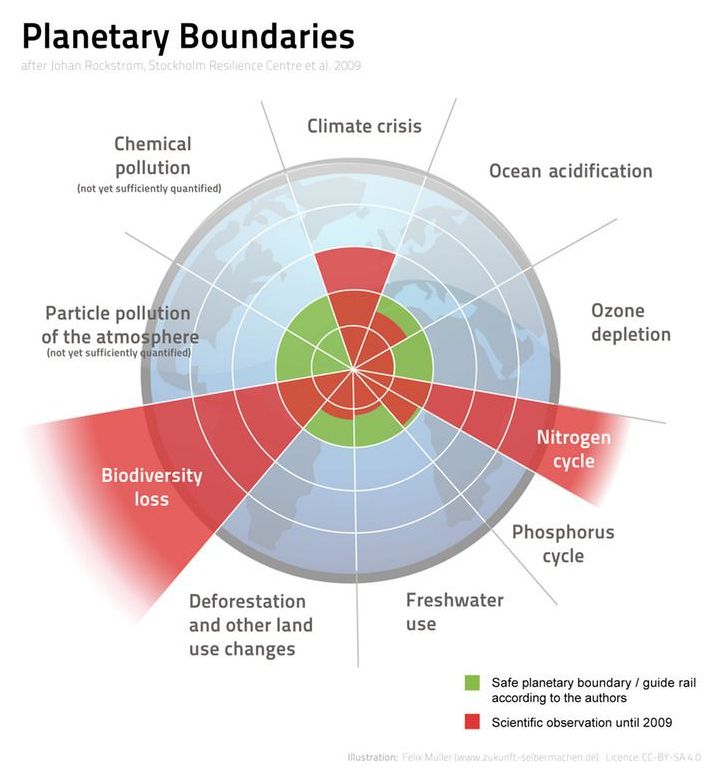These researchers used an Xbox Kinect to 3D scan a T-Rex skull.
Category: futurism – Page 1,043



Deciphering the Mystery of Vile Vortices
A vile vortex is any of twelve purported particular geographic areas, arranged in a pattern around the Earth. The term was coined by Ivan T. Sanderson, who cataloged them as the sites of unexplained disappearances and other mysterious phenomena.
The mysteries of the deep blue sea have always enticed us. One such mystery is that of the vile vortices which though solved, raise several doubts for their being.

How This Guy Cleaned a Lake!
This guy used his PhD degree to clean his childhood lake.
Here is the amazing story of how he did it.
You can follow his progress at Marino Morikawa, PhD. Thank you so much Marino for this awesome opportunity and I wish you the best of luck in your endeavours!
We Have The First-Ever Images of Molecules Changing Their Charge State
Using some of the world’s most advanced microscope technology, scientists have captured images of molecules changing their charge state in real time. To do this, they added and removed electrons, directly observing changes to the structure of four molecules.
Although we’ve known for a long time that such changes occur, this marks the first time anyone has actually seen it happening. It could help us gain a new understanding of several molecular processes, including chemical reactions, catalysis and charge transport, and potentially even processes in living organisms.
“We have been able to resolve with unprecedented resolution the structural changes of individual molecules upon charging,” explained chemist Leo Gross of IBM Research-Zurich.
10 Burning Facts About The Sun
The Sun is the reason behind our existence. Here are some burning facts about our only star.

China has 99% of the world’s electric buses
Next stop: a cleaner future.
📕